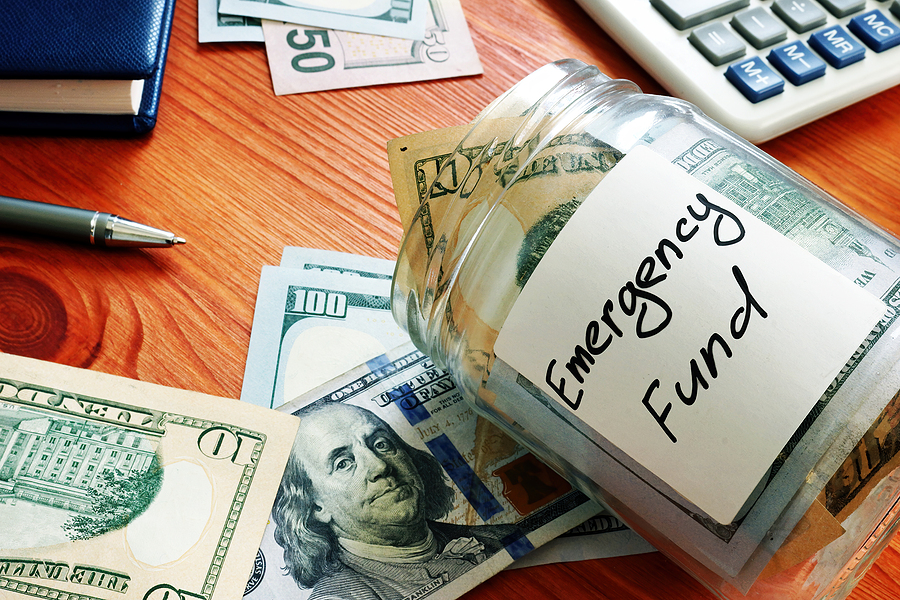An emergency fund is exactly what it sounds like. It’s a bank account that is created for the sole purpose of funding expenses associated with an emergency. This can include everything from a job loss to a serious illness to a disabled vehicle.
1. Peace of Mind
When it comes to your finances, there’s nothing worse than a boatload of stress weighing you down. In the back of your mind, you know that one unexpected expense could sink you.
This is where an emergency fund can help. With this, you have the money you need to remain financially afloat should you run into an emergency. And that’s sure to give you the peace of mind you deserve.
2. Prevent Bad Debt
Without an emergency fund, you could find yourself taking on bad debt in the event of an unexpected situation. For example, you may be forced into spending thousands of dollars on your credit card. And if you don’t have the money to pay it off when it comes due, you can expect interest to pile on top.
But with an emergency fund, you don’t have to take on bad debt. You can use the cash in your account to pay in full.
3. Make Saving a Habit
Many people struggle to save money because it’s not part of their monthly financial strategy. Opening an emergency fund allows you to get into the “savings frame of mind.” Even if it’s only a few dollars a month, you’re setting a trend that evolves into a habit.
When you begin to save money in your emergency fund, it becomes contagious. You’ll find it easier to stay on top of other areas of savings, such as retirement and education accounts.
Final Thoughts
Despite the benefits above — among others — a large number of Americans don’t have an emergency fund.
Here’s an excerpt from a recent Bankrate survey:
More than half of Americans (or 51 percent) have less than three months’ worth of expenses covered in an emergency fund, according to Bankrate’s July 2021 Emergency Savings Survey. That total includes 1 in 4 Americans (or 25 percent) who indicate having no emergency fund at all — up from 21 percent in 2020.
On the plus side, it’s never too late to make progress. Even if you don’t have an emergency fund right now, you can get on the right track soon enough. All you have to do is open an account, deposit some money, set goals, and watch your account grow.


I’m interested
I’m in need of financial assistance really bad so please consider helping me thank you